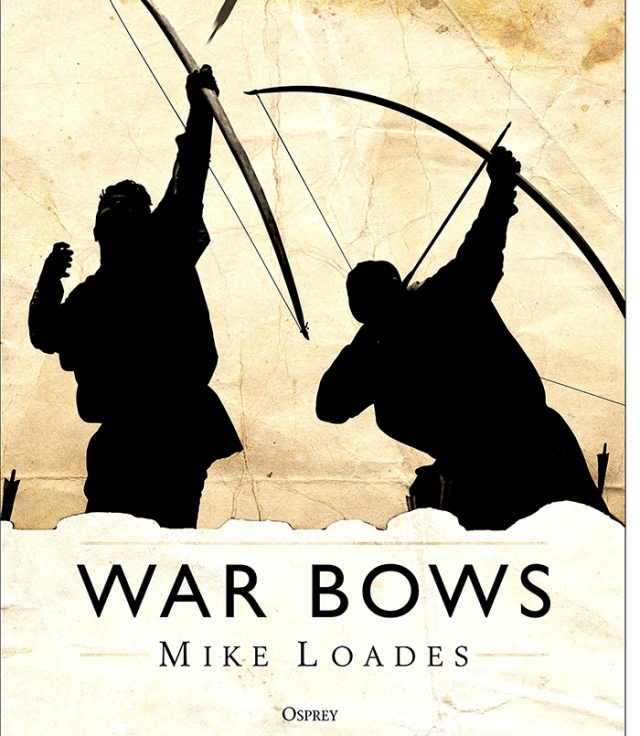War Bows
Book review

War Bows, Mike Loades, Osprey Publishing, 2019, 312p, £30-00. ISBN 978-1-4728-2553-7.
This is a highly technical book. Mike Loades examines in exceptional detail four types of ‘war bow’ – the longbow, the crossbow, the composite bow and the Japanese ‘yumi’, used by the samurai. This is an extraordinarily well-illustrated scholarly work with a range of background material, well beyond what historians may need as a foundation for their studies of this instrument of warfare.
For those with an interest in both English medieval society and our foreign campaigns, chapter 1 (pp8-87) will be helpful because it focusses on the longbow. In many ways it stands alongside Robert Hardy’s Long Bow: A Social and Military History (1992), to which many of us were drawn after his memorable Sheffield Historical Association Conference speech.
There is considerable discussion of the effectiveness of longbows and of how they were designed, including an explanation of why a longbow would always be taller than its user! From an historical perspective, Mike Loades offers some very helpful perspectives. On pages 62-63 he provides a chart of the ‘Triumphs and Disasters’ in the use of longbows in battle from 1298 at the Battle of Falkirk, through Crecy and Agincourt to the Battle of Pinkie Cleugh in 1547. It becomes apparent that, for archers to succeed at the highest level, they needed to be fully prepared, that is positioned strategically and that they were sufficiently resourced.
This last point highlights the logistical needs of the archer component of an army. For example evidence reveals that in 1513 Henry VIII’s army at Flodden required 26 wagons to carry 240,000 arrows. The demand for arrows to be stockpiled was, by our standards, of industrial proportions. In 1359 it is known that 850,000 arrows were delivered to be stored at the Tower of London, with a further 500,000 being delivered in 1360. There is a great theoretical debate about how many arrows were required by Edward III’s army at Crecy, said to be the scene of the greatest ever success by English archers, but the estimate never falls below one million. Technically the design of arrows required goose feathers, and in 1418, three years after Agincourt, 1,190,000 goose feathers were delivered for storage to the Tower of London alone.
This volume is a treasure trove of information: amongst other details we learn that the 137 fully intact longbows retrieved from the wreck of the Mary Rose represent the best archaeological surviving evidence; and that Edward III introduced quality control procedures in 1371, to ensure that standards of production did not waver, by forbidding over-night production by bowyers of longbows to prevent careless mistakes being made in the half-light.
This book is thoroughly recommended.

